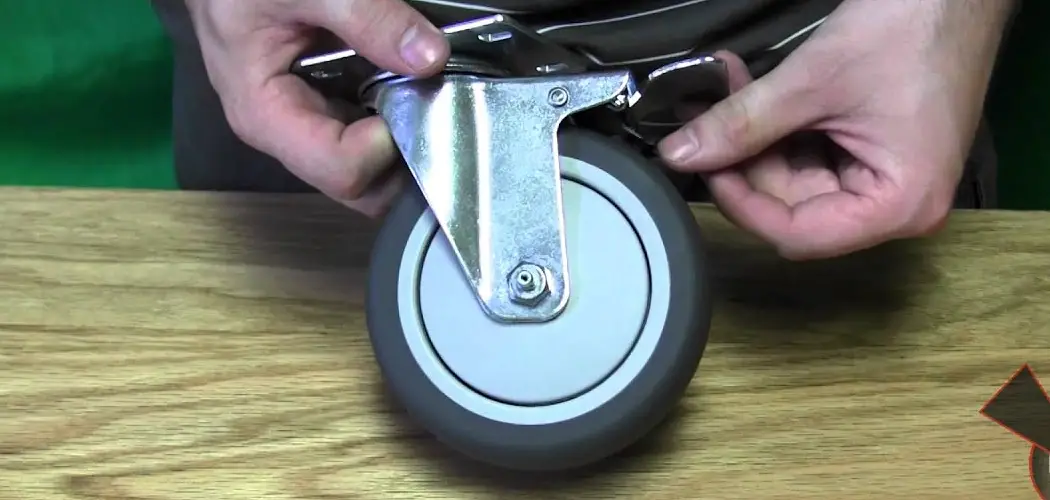When dealing with furniture or equipment that has caster wheels, securing them in place is essential to prevent unwanted movement. Whether you’re arranging office chairs, hospital beds, or mobile workstations, understanding how to properly lock caster wheels ensures safety and stability.

This guide on how to lock caster wheels will walk you through the steps needed to effectively lock caster wheels, highlighting different types of locking mechanisms and providing tips for troubleshooting common issues. By following these instructions, you can confidently keep your furnishings stationary when needed.
What is a Caster Wheel?
Before we dive into the techniques for locking caster wheels, it’s important to understand what they are and how they work. A caster wheel is a type of wheel that is attached to the base of furniture or equipment, allowing it to move in any direction.
These wheels often have a swivel feature, making them highly maneuverable. They come in various sizes and materials depending on their intended use.
Needed Materials
To successfully lock caster wheels, you will need the following materials:
- Furniture or Equipment With Caster Wheels
- Locking Mechanism (Depending on the Type of Caster Wheel)
- Screwdriver or Other Tools for Installation (If Necessary)
8 Step-by-step Guidelines on How to Lock Caster Wheels
Step 1: Identify the Type of Caster Wheel
The first step in locking caster wheels is to identify the type of caster wheel you have. Caster wheels can vary widely in design, with some equipped with simple foot-activated brakes, while others might have more complex mechanisms such as threaded stem locks or side locks. Examine the caster wheel closely to understand its operational mechanism.
Look for any levers, knobs, or switches that might indicate a locking feature. Identifying the type of caster wheel will guide you in selecting the appropriate method to lock it securely.
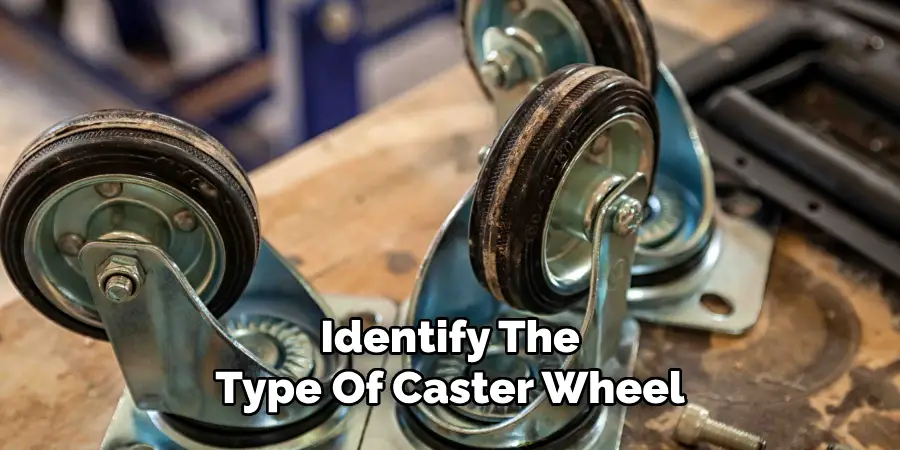
Step 2: Prepare the Surface
Before locking the caster wheels, it’s crucial to ensure that the surface where the furniture or equipment will be stationed is suitable. Examine the floor for any debris, uneven areas, or obstacles that might interfere with the stability of the locked caster wheels. A clean, flat surface not only helps the wheels lock more effectively but also prevents potential damage or scratches to both the wheels and the flooring. If the surface is dirty, take the time to sweep or vacuum the area.
Additionally, if the equipment is heavy, consider placing a protective mat under the wheels to distribute the load evenly and enhance grip. This preparation will provide a solid foundation, allowing the locking mechanism to function optimally.
Step 3: Engage the Locking Mechanism
Once you have identified the type of caster wheel and prepared the surface, it’s time to engage the locking mechanism. Depending on the design of your caster wheels, this could involve pushing down on a lever, twisting a knob, or pressing a button. Follow the instructions provided by your specific casters to activate the lock fully.
In some cases, especially with more complex mechanisms, you might need to use tools such as screwdrivers for installation or adjustment. If this is necessary, be sure to follow manufacturer guidelines carefully to avoid any damage or malfunction.
Step 4: Test for Stability
After engaging the locking mechanism, it is essential to test the stability of your furniture or equipment. Gently push or apply pressure to the item from different angles to see if it moves. The equipment should remain stationary with no signs of wheel movement or slipping. If there is any displacement, recheck the locking mechanism to ensure it is properly engaged, and verify that all casters are secure.
Testing stability not only confirms that the locking mechanism functions correctly but also ensures safety by preventing unwanted rolling or shifting during use. If issues persist, consult the manufacturer’s guide for further troubleshooting steps.
Step 5: Utilize Additional Locks
For added security, you can also utilize additional locks to reinforce your caster wheels’ stability. These might include wheel stoppers or individual wheel locks that prevent each wheel from rotating. Depending on the type of furniture or equipment and its intended use, these additional measures may be necessary for maximum safety.
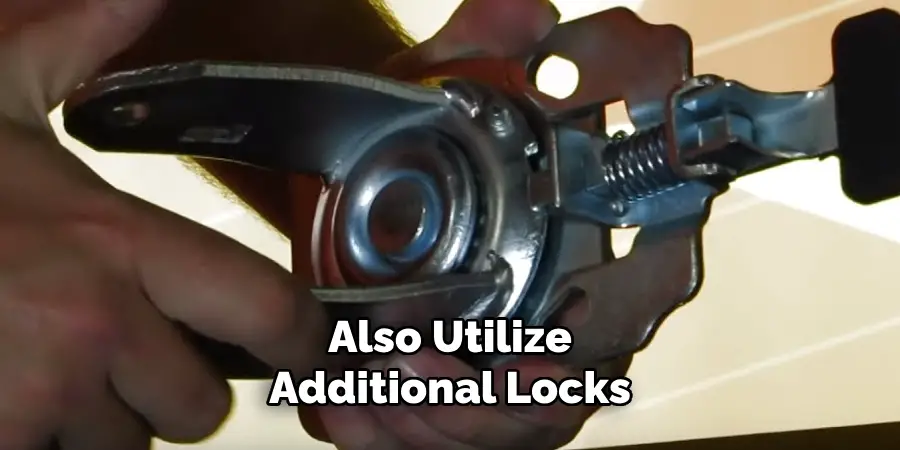
You can also consider using floor locks, which are mounted onto the base of the furniture or equipment and engage with the surface to prevent movement. These types of locks are particularly useful for heavy equipment or items that require frequent use.
Step 6: Regular Maintenance
To ensure your caster wheels remain locked effectively, it’s important to perform regular maintenance. This includes checking the locking mechanisms regularly for any signs of wear and tear and replacing them if necessary. Additionally, make sure to keep the wheels clean and free from debris or buildup that may interfere with their functionality.
Regularly inspecting and maintaining your caster wheels will not only prolong their lifespan but also help prevent potential accidents caused by faulty locking mechanisms.
Step 7: Unlocking the Caster Wheels
When it’s time to unlock your caster wheels, follow the same steps in reverse. Disengage the locking mechanism carefully and test for smooth movement of the wheels. If you encounter any issues, consult the manufacturer’s guide or seek professional assistance.
It’s important to note that some caster wheels may require a bit of force to unlock, so be sure not to use excessive strength that could potentially damage the equipment or cause injury.
Step 8: Practice Caution
Finally, remember to always practice caution when handling furniture or equipment with caster wheels, whether they are locked or not. Always make sure to engage locks before using equipment and never leave items unattended on unlocked caster wheels.
By following these guidelines on how to lock caster wheels, you can safely and effectively lock your caster wheels for added stability and peace of mind. Remember to identify the type of caster wheel, prepare the surface, engage the locking mechanism, test for stability, utilize additional locks if necessary, perform regular maintenance, and practice caution at all times.
Additional Tips
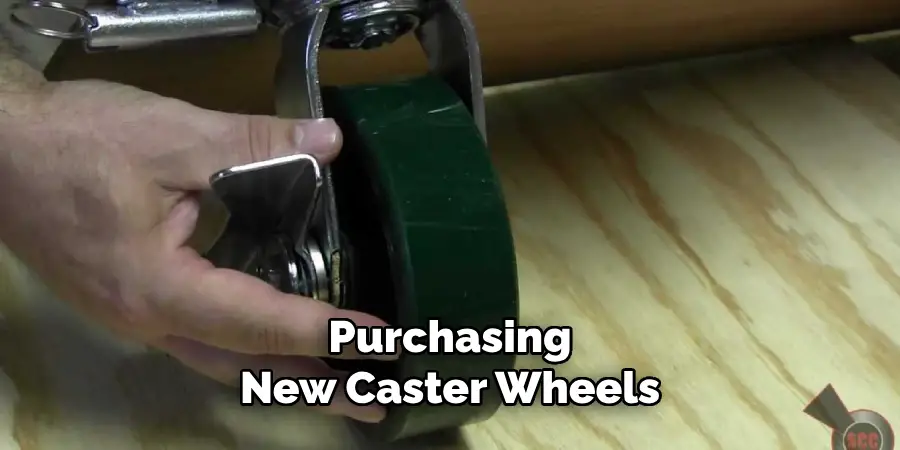
- When purchasing new caster wheels, consider investing in higher quality wheels with more durable locking mechanisms to ensure long-lasting stability.
- Some caster wheel models may come with their own unique locking methods, so be sure to follow the manufacturer’s instructions provided with your specific casters.
- If you are unsure about how to properly lock your caster wheels, do not hesitate to contact the manufacturer for assistance or seek professional advice. Safety should always be a top priority when handling any type of equipment or furniture.
- Regularly check and maintain the floor surface where the caster wheels will be used to prevent any damage or wear that could affect the stability of the locked wheels.
- Take into consideration the weight and size of the furniture or equipment when selecting caster wheels to ensure they can properly support and lock them.
- When in doubt, always err on the side of caution and utilize additional locks or supports for added stability. It’s better to be safe than sorry when it comes to preventing accidents or damage caused by unsecured caster wheels.
Frequently Asked Questions
Q: Can I Lock All Types of Caster Wheels?
A: While most caster wheels can be locked, it’s important to identify the type of caster wheel you have and follow specific instructions for locking it. Some types of caster wheels may not have a locking mechanism or may require additional locks for stability. Always consult the manufacturer’s guide for your specific caster wheels.
Q: Do I Need to Lock All of My Caster Wheels?
A: It is recommended to lock all caster wheels on heavy or frequently used furniture or equipment. However, for lighter items that do not require frequent movement, locking just two diagonally opposite wheels may be sufficient.
Q: How Often Should I Perform Maintenance on My Caster Wheels?
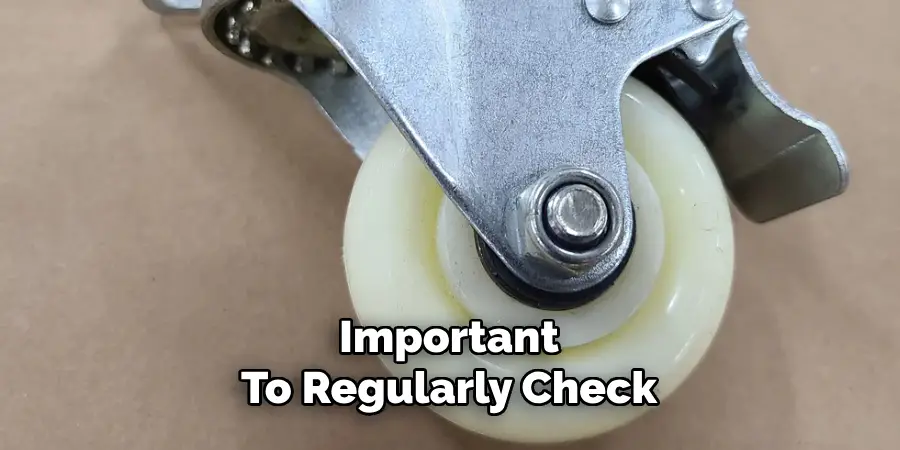
A: It’s important to regularly check and maintain your caster wheels for optimal performance and safety. This can include checking the locking mechanism and cleaning the wheels as needed. The frequency of maintenance may vary depending on usage, so it’s best to refer to the manufacturer’s recommendations.
Q: Can I Use Caster Wheels on All Types of Flooring?
A: While caster wheels can be used on a variety of flooring, it’s important to consider the material and condition of the surface. Smooth or slippery surfaces may require additional measures such as mats or floor locks for stability. Consult the manufacturer’s guide for specific recommendations for your caster wheels and flooring type.
Conclusion
Properly locking caster wheels is a fundamental practice to ensure the safety and stability of furniture and equipment. By systematically following the outlined steps on how to lock caster wheels—identifying the type of caster wheel, preparing the surface, engaging the locking mechanism, testing for stability, utilizing additional locks, performing regular maintenance, and practicing caution—users can effectively mitigate risks associated with rolling or shifting.
Through consistent adherence to these guidelines, you not only secure your equipment but also ensure a safer environment, preventing accidents and damage to property. Always remember that when you invest time in understanding and managing your caster wheels, you are investing in longevity, safety, and peace of mind.
you can also check it out Lock Office Chair Wheels

